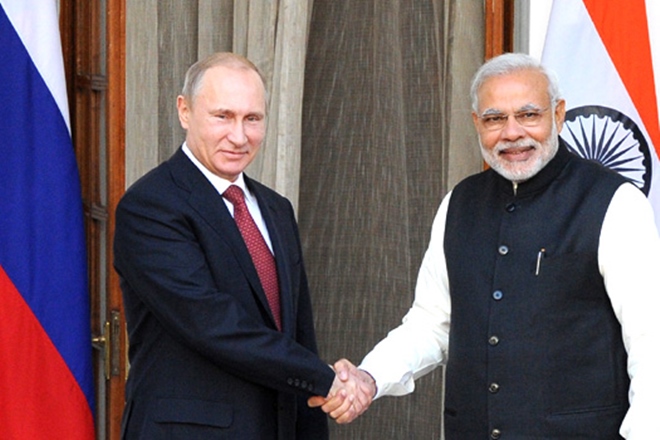Prime Minister Narendra Modi’s recent visit to the Far East city of Vladivostok in Russia was a major success in a way that the country will soon be registering its influence in the region with a systematic investment and manpower by developing the natural-resource rich terrain of Russia which is twice the size of India.
Not only India is planning to invest large chunks of money, in a first of its kind move but India has also extended a $1 billion line of credit to Russia. Although it’s not first in a sense that India has not previously granted money to foreign countries but it was always to the relatively small African and Asian economies. But giving out soft loan to the country of stature like Russia sends out the message loud and clear that “tables have turned”.
Unlike China, India has given out the line of credit in the form of a soft loan, which means that the interest levied is next to nil or way below the market rate of interest. Minimal interest rates and flexible payment arrangements is what makes this such a potent tool to maintain political and diplomatic influence in the region. In recent times, soft loans have been seen as a measure to counter aggressive Chinese hegemony. Despite having a surplus of $3 trillion of Forex reserves, China grants loans on heavily spiked interest rates and then bleeds the country and takes over it as had happened in Sri Lanka with its Hambantota Port.
Russia’s economy has been strutting in recent times, with international sanctions imposed on it and the collapse in oil prices in 2014, it has a lot of ground to cover. Despite that, India has asserted that it will walk shoulder-to-shoulder with Russia in its development of the Far East. “Let us deepen the bond between India and Russia even further. India is proud of the achievements of the Indian diaspora. I am sure here in the Russian Far East too, the Indian diaspora will make an active contribution towards the region’s progress,” PM Modi had said, reiterating the stance that the perennial partners will stick along, come what may.
India was the first country that opened a consulate in the far east, Vladivostok. During restrictions for all other foreigners, Far east was open for Indians. With increasing Chinese dominance in the region, Putin is wary of the repercussions it could have in coming times, therefore turning to India has been the first logical step. Act Far East is seen to be an extension of India’s Act East policy.
To counter the Belt and Road Initiative of China, India has shelled out almost $28 Bn in 279 line of credit loans to over 60 countries in Asia, Africa, Latin America, Central America and Oceania. India also extended a whopping $4.5 billion line of credit to neighbouring country of Bangladesh in 2017. The government, through its careful use of soft-loan policy is looking for expansion while strengthening the economic and diplomatic connectivity, something the Modi government has amped up in its tenure and it has certainly bore fruit.
India is trying to cooperate with Russia to limit Chinese influence in Central Asia and can help counteract Russian fears about Chinese domination in the region. These events will have larger geopolitical consequences, which India could use to its advantage. From being one of the recipients of Russia’s assistance to being a donor to the 12th largest economy, India under NDA government has certainly come a long way and it seems like that the sleeping giant is ready to take over the mantle of being the leader in the region.
